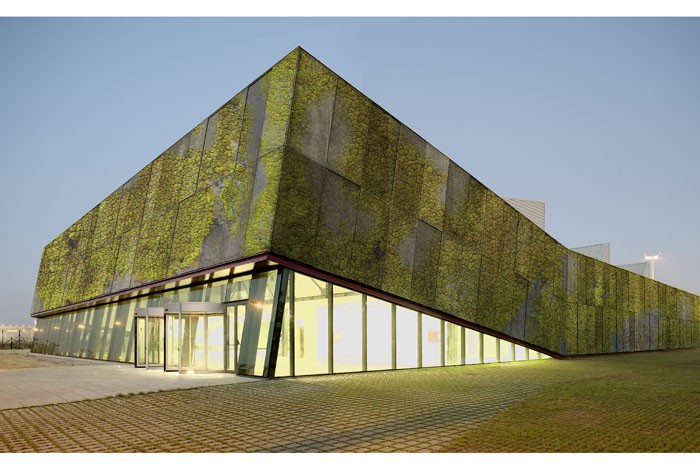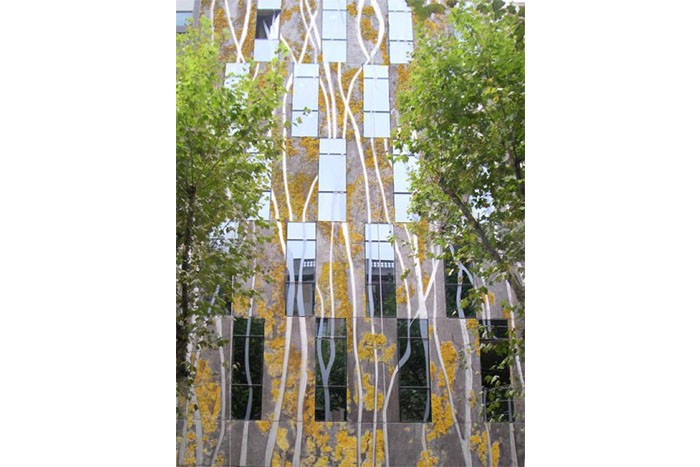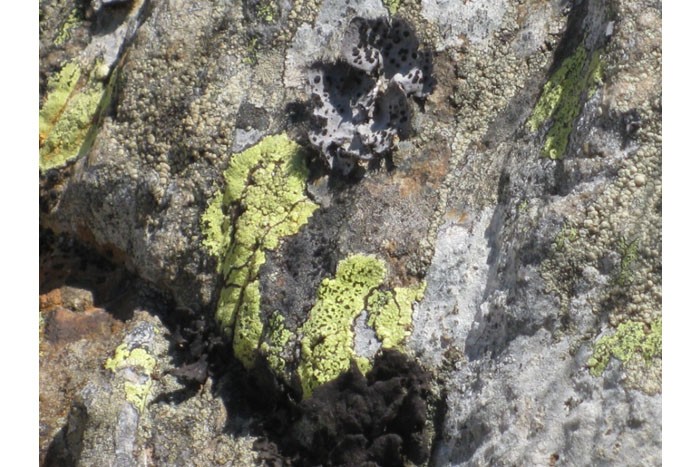|
|
“Biological Concrete” Promotes Vertical Gardens
Biological concrete panels

An ivy covered building is a lovely thing, but ivy roots can rip into brickwork and the vines are a highway for vermin looking for a way inside. Modern vertical gardens try for the same aesthetic effect with some added environmental advantages, but they’re often complicated things full of hydroponics gear and difficult to maintain. An alternative is being developed at the Structural Technology Group, Universitat Politècnica de Catalunya, Barcelona, where a team led by Antonio Aguado has come up with a “Biological Concrete” designed to act as a substrate for vertical gardens that is simple, low maintenance and requires little or no attention.
The key to biological concrete is that it replaces the Portland cement normally used with magnesium phosphate cement – a quick-setting cement often used for repair work. In biological concrete, the magnesium phosphate makes the concrete slightly acidic. This makes it an excellent environment for microalgae, fungi, lichens and mosses in Mediterranean climates. The parameters used in making the biological concrete are adjusted for the desired level of porosity and surface roughness to encourage colonization.
The biological concrete is used in constructing vertical garden panels made in three layers. These consist of a waterproof layer that sits against the side of a new or existing building, a middle layer that retains water and an outer layer that permits water in, but prevents it from escaping. This means that the panels can be used as vertical gardens without mechanical apparatus or constant maintenance.
Biological concrete panels

The idea behind these panels is that they accumulate rainwater and become an ideal environment for mosses and other simple organisms, which should appear within a year of installation. Over time, the population on the panel will evolve and the colors and patterns on the panel with slowly change. The panels are also designed to discourage plant growth in order to prevent root damage.
The purpose of the panels is mainly aesthetic, but the team also says that the growths on the panels can act as insulating material and a thermal regulator. They also say that the colonies help reduce carbon dioxide, though they don’t say by how much. Unless the colonies are amazingly heavy, it’s probably negligible.
Lichens growing on rock are similar to how biological concrete works

Source: UPC |
|




